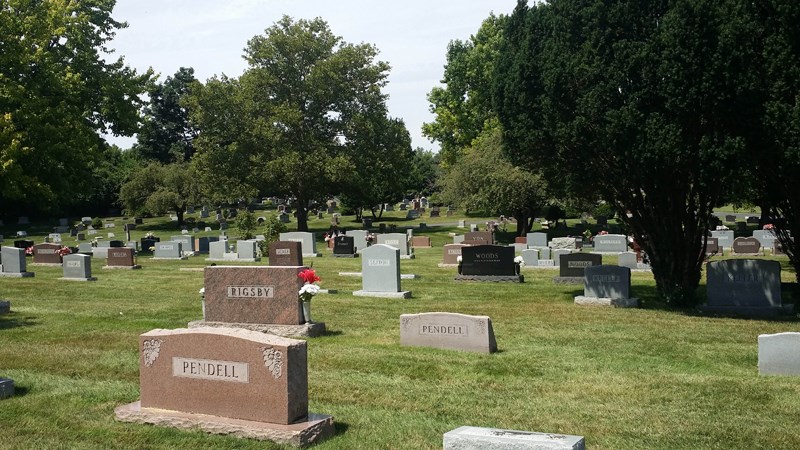If you are interested in genealogy, please come to the meetings of the Yorkton branch of the Saskatchewan Genealogical Society. No matter what stage of research you are currently at, whether just starting out or have been researching for a long time, you will find interested members who can offer suggestions and advice on what to do next in your genealogy quest. New members are always welcome.
There are thousands of cemeteries in Saskatchewan; some are slowly going back to the prairie, hidden now by stands of trees and prairie grass as nature reclaims them. But many are being kept up by families or teams of dedicated volunteers. If you are connected to such a project, visit the Saskatchewan Genealogical Society website at www.saskgenealogy.com, and on the home page click on “Saskatchewan Cemetery Care and Maintenance” on the left hand side of the page to find out about two cemetery care guides that are now available through the SGS: “Saskatchewan Historic Cemetery Preservation Guide” and the “Operating Your Small Cemetery, A Primer for Saskatchewan Cemeterians”. These books provide valuable information on maintenance, care and repair of cemeteries.
If you are of Slavic descent, the time of grave-blessing is approaching, and while you honor your deceased relatives, you can also record family headstones for future research. Provody, grave-blessing, is a time to honor the dead and gather with the living. Family members assemble at the cemetery for a beautiful service of commemoration.
Take your camera along. Get photos not only of assembled family members but also of the various family headstones. While the few wooden crosses that still remain are falling into decay, chances are that there will be concrete markers as well, made by hand many years ago by talented and compassionate artisans who often made the crosses in styles similar to those in Ukraine. Names of the deceased were scratched or stamped into the wet concrete, and in most cases the cured and finished stones were painted white, with the lettering in black paint.
Even if the lettering is unfamiliar to you, or hardly legible, take photos and you can get the names transcribed into English at a later date. Saving these images in a permanent way is most important, because small country cemeteries are fragile sources of information. Some grave markers have photos on them; include these as well in your information- gathering.
In a broader sense, capture images of the entire cemetery so that future generations can see how the final resting place of family members looked at a certain space in time. Large cemeteries may continue to be maintained, but sadly, smaller country cemeteries may not be so lucky. Gentle caretakers who carefully tended cemeteries where Baba and Gedo are buried will one day move away or become older and if there is no one to continue this important work, decline could begin. As with all genealogy, every piece of information is important, and it is important right now!
Every family has a story. Make it a family project this summer to get started and begin researching your family tree with the help of the Yorkton branch of the Saskatchewan Genealogical Society!
-Submitted by Debbie Hayward




